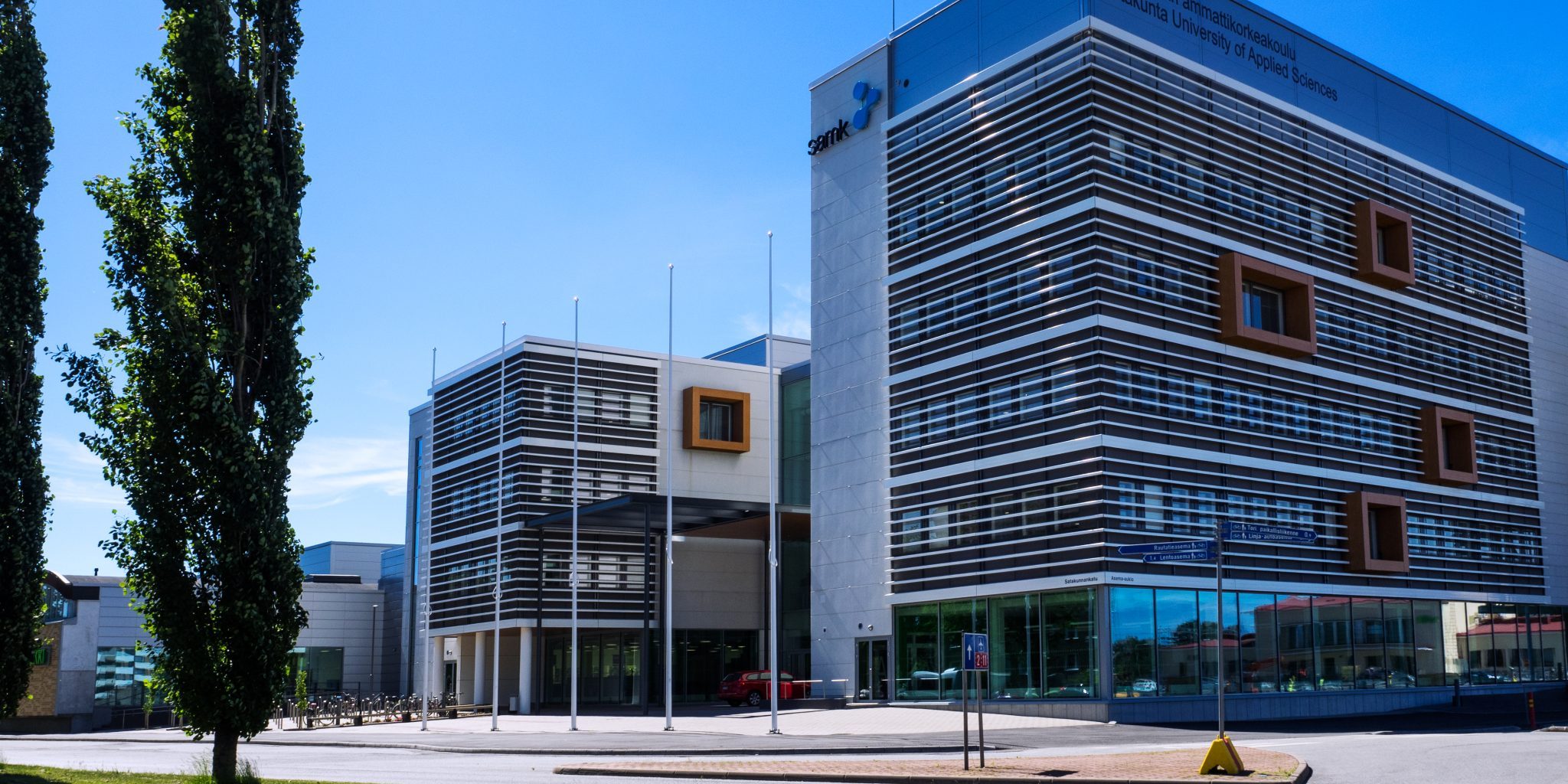Satakunta, like almost all of Finland, is facing a serious decline in its working-age population. This has been a long-standing trend: in 2011, the number of children born in Finland fell by a quarter compared to the previous year and the trend of population decline is continuing. Finland has one of the oldest demographic structures in the world.

Satakunta is a county slightly larger than average with 211 754 (2023) inhabitants. However, it’s very significant for the size of its population when it comes to industry and international trade. Although only 3.8% of Finns live in Satakunta, the region accounts for 8.1% of Finland's foreign trade and is the fourth largest in terms of export value. In the Regional Strategy 2022-2025, Satakunta wants to invest in the availability of skilled labour, increasing labour and educational immigration and facilitating integration and continuous learning. Retaining international students in Satakunta is a major challenge, as only a quarter of the international students at Satakunta University of Applied Sciences, for example, stay in the region after graduation. Satakunta's inward migration from abroad has doubled in the 2010s, but the share of foreigners living in the county is still below the national average.
Work-based immigration boosts economic growth, innovations, investments, vitality and access to services. Education-based immigration supports the availability of talent and experts, internationalisation, innovation and business. A multicultural and diverse society attracts more international talent and investors, as well as supports the employment of migrants already in the country and prevents brain drain. The growth in Finland’s working-age population during the 2000s has been solely driven by immigration. International experts also support innovations and the growth and internationalisation of Finnish companies and attract investments to Finland.
According to the latest population projection by consultancy MDI, Satakunta's population is expected to decrease by 23,200 people by 2040. The decline is mainly due to low birth rates, rising death rates and losses from domestic migration. However, a significant increase in foreign migration gains could offset the projected decline in Satakunta's population. A threefold increase in net migration is therefore one of the objectives set in the new strategic programme for international skills and migration in Satakunta. The programme is launched to address in particular the challenges of population decline and labour supply.
Level of education in Satakunta
Satakunta has one of the lowest levels of education in Finland, which affects the availability of a tertiary-educated workforce. The current Finnish government's aim to raise the share of young adults with higher education to a level closer to the OECD average requires significant measures in Satakunta.
The Ministry of Education and Culture's vision for 2017 was that by 2030 at least half of young adults will have a higher education degree, lifelong learning will be possible throughout life and higher education will be flexibly available for different user groups. In other OECD countries, the share of young adults with tertiary education has risen to 47 %, but in Finland, the figure remains around 40 %. Even within Finland, there is a high degree of variability. The level of post-compulsory education is measured and presented as a level of education indicator. The Satakunta level of education indicator 330 shows that, on average, people aged 20 and over in Satakunta are educated for just over 3 years after completing primary education. The level of education indicator 330 places Satakunta among the lowest-educated regions in Finland. Raising the level of education to the level envisaged by the Ministry of Education and Culture is a major challenge, but also an important goal for the future of the region.
Cooperation is key
A report on Satakunta's higher education and its potential for development was commissioned by Satakuntaliitto and produced by Professor Kalervo Väänänen in 2019. The result was 15 proposals for action to develop higher education in the region. The most significant of these were highlighted in a joint project between the University Consortium of Pori, Satakunta University of Applied Sciences and Diakonia University of Applied Sciences, named " Lisää osaajia ja osaamista Satakuntaan korkeakouluyhteistyöllä: korkeakoulutuksen kehittämisen koordinointihanke (LISKO)” (= “More talent and skills to Satakunta through cooperation in higher education: a coordination project for the development of higher education (LISKO)").
The aim of the LISKO project is to increase cooperation between higher education institutions in Satakunta and to establish a common basis for their activities. The regional needs (attracting talent and retaining graduates, raising the level of education, maintaining and developing RDI activities and improving the visibility of Satakunta's higher education institutions) are central to building this basis for cooperation. The importance of cooperation in developing higher education and increasing the attractiveness and retention power of the region is highlighted in Kalervo Väänänen's proposals for action, in the Satakunta Regional Strategy and in the Satakunnan kansainvälisen osaamisen ja maahanmuuton strateginen ohjelma (= Satakunta strategic programme for international talent and immigration). It is therefore important that representatives of all the higher education institutions in Satakunta are brought together to work on the objectives.
'The Research Centre for Human Functioning is currently working on other projects supporting work and education-based immigration as well as employment and integration of international students. Find out more on our projects page.
Did you know?
- Satakunta University of Applied Sciences has 7407 (2023) degree students, of which 1024 (2023) are international students.
- Only a quarter of the international students at Satakunta University of Applied Sciences stay in the region after graduation.
- The strategic programme for international skills and immigration in Satakunta has set a goal of increasing the net immigration to the county by threefold.
- In the 2000s, the only increase in the working-age population in Finland and Satakunta has been due to immigration.
